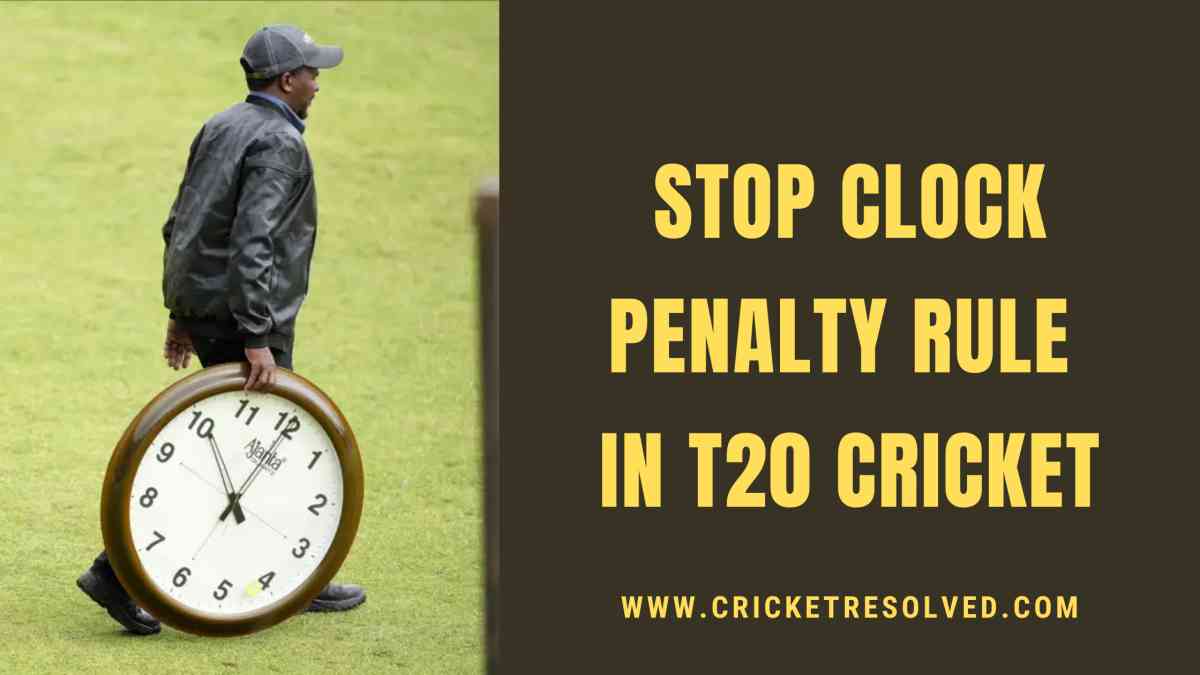
The stop clock penalty is the latest rule addition in the game of T20 cricket, and the whole cricketing fraternity has been buzzing since the completion of the Group A T20 World Cup game between the hosts USA and India.
During the 16th over of India’s batting, the umpires docked five runs from the USA’s first innings total as they had failed to start the next over within 60 seconds of the previous over ending more than twice.
Since it was the third occasion where the USA failed to do so, it resulted in them losing crucial five runs at an important juncture of the game.
So what is the stop clock penalty rule all about?
The rules are simple. The fielding team, following the completion of an over, will be given 60 seconds to start the next over, with an electronic clock being present at all venues to keep track of the timings.
If the rule is violated by a team on three occasions in their bowling innings, they will be handed a five-run penalty on the third occurrence. It will continue should the fielding violate the rule again.
The ICC rule states, “As per the stop clock rule that was trialled in men’s white-ball cricket, the fielding side is expected to start a new over within 60 seconds of the completion of the previous over. An electronic clock, counting down from 60 to zero, will be displayed on the ground, with the onus on the third umpire to determine the start of the clock,”
“The failure of the fielding side to be ready to bowl the first ball of their next over within the stipulated 60 seconds of the previous over being completed attracts two warnings. Subsequent breaches would lead to a five-run penalty per incident.”
Why and when was it formulated?
Post the conclusion of the ICC Cricket World Cup 2023, the game’s apex body, in an organisational meeting held in Ahmedabad on November 21, 2023, agreed to employ this on a trial basis for six months, from December 2023 to April 2024.
Following encouraging results in this period, the rule became a complete addition to the playing conditions in international white-ball cricket on June 1, 2024.
As a result, this rule came into effect at the start of the 2024 ICC T20 World Cup in the Caribbean and the USA.
An incept from ICC “Results presented to the Chief Executives’ Committee (CEC) demonstrated that approximately 20 minutes had been saved per ODI match. The feature has now been added as a mandatory playing condition in all Full Member ODI and T20I matches from 1 June 2024.”
The main reason behind the implementation of this rule is to accelerate the pace of the play and complete the game on time.
There are exceptions to this rule:
- It does not apply when a new batter comes to the crease between the overs.
- When it is a drink break or there is any umpire-approved on-field injury treatment for a batter or fielder.
Read Next | What is a Drop-in Pitch in Cricket? – Explained


